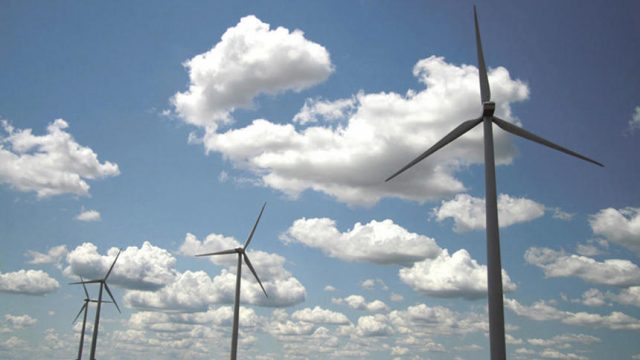Public Service Commission Says North Dakotans Can Be Charged for Green Energy Policies in Other States

The Public Service Commission, in a split decision, recently gave the go-ahead to Xcel Energy to inflate power bills here in North Dakota to recover the cost of building wind energy capacity in compliance with green energy policy in other states.
Commissioner Randy Christmann, who voted no, made it clear why this was a terrible idea. “We should always prioritize the needs of North Dakota citizens over arbitrary political preferences of regulators from outside jurisdictions,” he told my colleague John Hageman.
Christmann is absolutely right. If other states like Minnesota put in place energy mandates which leads to more wind energy, and higher electrical bills, the cost of that policy should go to Minnesotans. Not North Dakotans who have made no such policy choice.
The PSC has been resisting this sort of move from energy companies for years now, but caved this week with commissioners Julie Fedorchak and Brian Kroshus voting in favor of this cost creep.
By the way, Christmann said something else about wind energy which is interesting, particularly in light of a permit for a wind farm in Emmons County getting denied this week. “Like an out-of-control Black Friday shopper, the only justification for this massive additional spending spree is that the price is right,” he told Hageman.
It’s not just state-level “green energy” policy initiatives driving wind energy production. It’s federal subsidies, too.
Federal taxpayers fork over a tax credit for every kilowatt hour of energy wind companies produce. I’m not talking about a deduction from tax liabilities. I’m talking about the government writing a check to an industry that has enjoyed favorable political status for decades now. This subsidy is so massive that at times wind companies can literally pay utilities to take their energy.
Right now that subsidy is driving a veritable gold rush of wind energy development. Energy companies are rushing to capture this subsidy before it expires. The wind industry only has until December 31, 2019, to commence construction on projects to be eligible for these tax credits (which last ten years per project).
Are we building wind energy capacity because it makes sense in the marketplace? Or because wind energy companies are scrambling to get the last meatballs from this subsidy buffet?
The wind industry and its various lobbyists and apologists argue that it’s the former. Those of us who have observed the long history of market distorting government subsidies can safely bet that it’s the latter.
In the here and now what we’re stuck with is a boom in wind farm construction, to the point where it’s beginning to irritate the public:
North Dakota is home to nearly 3,000 megawatts of installed wind capacity, 11th most in the nation, according to the American Wind Energy Association. Kroshus said wind farms are drawing concerns from the public as they become more ubiquitous.
“I don’t think there’s any question it will, in all likelihood, become more challenging to construct wind facilities because the public is asking more questions,” he said.
That, and wind energy will increasingly put upward pressure on utility rates, especially once the subsidies begin to expire.
If we were building wind energy because it’s a better source of energy than alternatives like coal or natural gas, then fine. But I’m afraid we’re building it to satisfy certain political agendas, and that’s likely to end in disaster.




